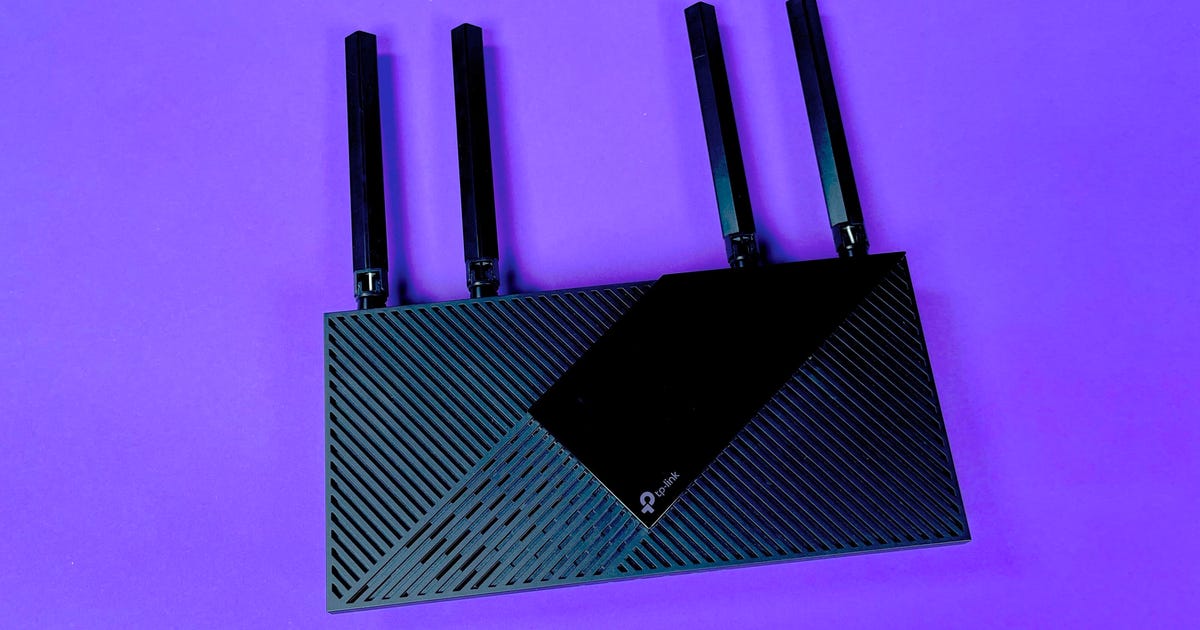Tag: Slower
-
Python is 57x slower than C++ (and 45x worse for the earth)
Banking institutions and other financial establishments like to make a big offer about their environmental endeavours by means of their ESG groups, but that does not suggest they are climatically benign. Their engineering teams are creating large emissions merely by way of the code they generate. A 2017 paper released alongside the ACM SIGPLAN Engineering…
-

There’s a Sneaky Reason Your Wi-Fi May Suddenly Be Slower
This story is part of Home Tips, CNET’s collection of practical advice for getting the most out of your home, inside and out. Is your internet suddenly moving super slowly? It might be due to an outdated router or a less-than-ideal router location. Your connection issues may need only an easy fix, like upgrading to a mesh network or…
-
Yes, ISPs Really Can Throttle Your Internet Connection, Making Wi-Fi Slower
This story is part of Home Tips, CNET’s collection of practical advice for getting the most out of your home, inside and out. If you’re experiencing frustratingly slow internet speeds, the culprit could be an outdated router or a less-than-ideal router location. Your connection issues could require an easy fix, like upgrading to a mesh network or simply restarting your…
